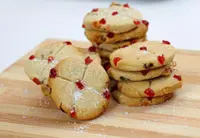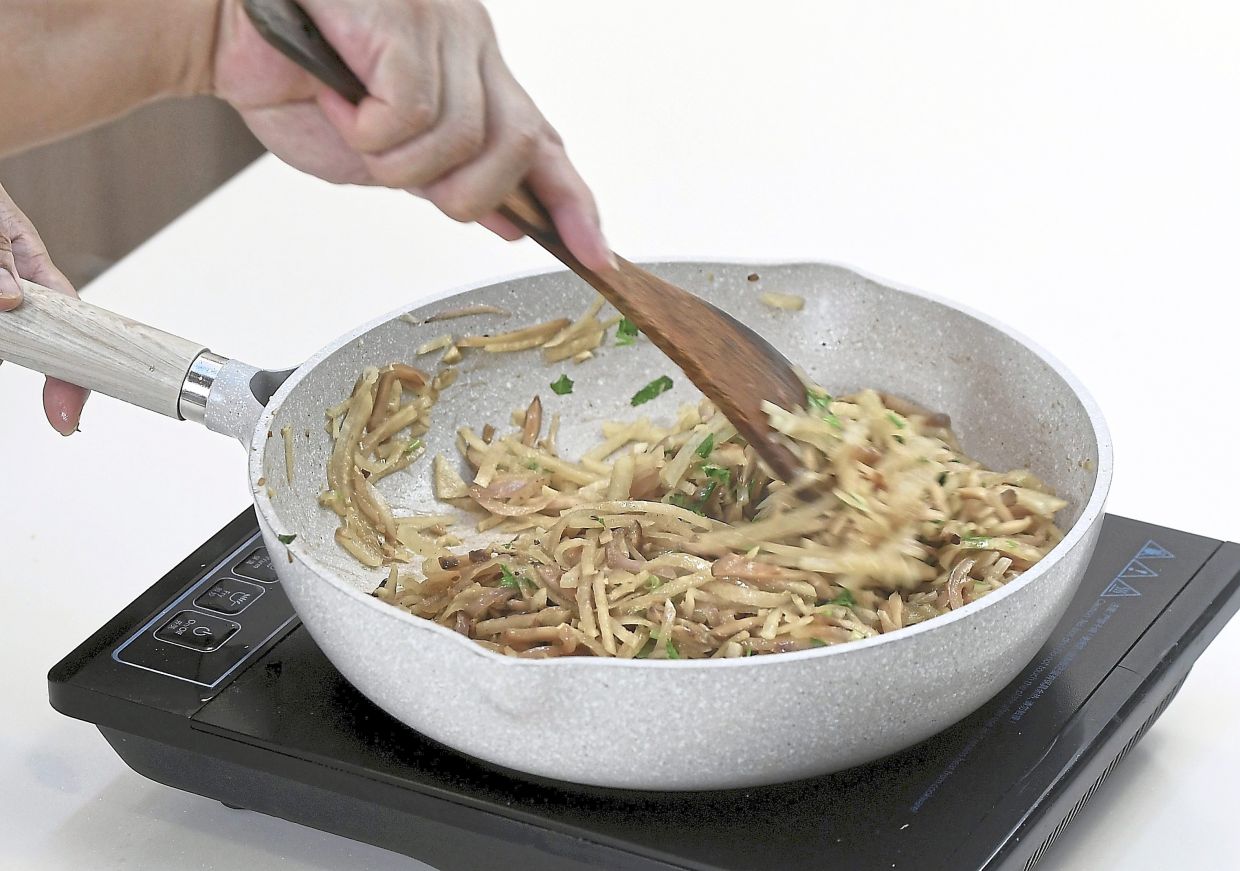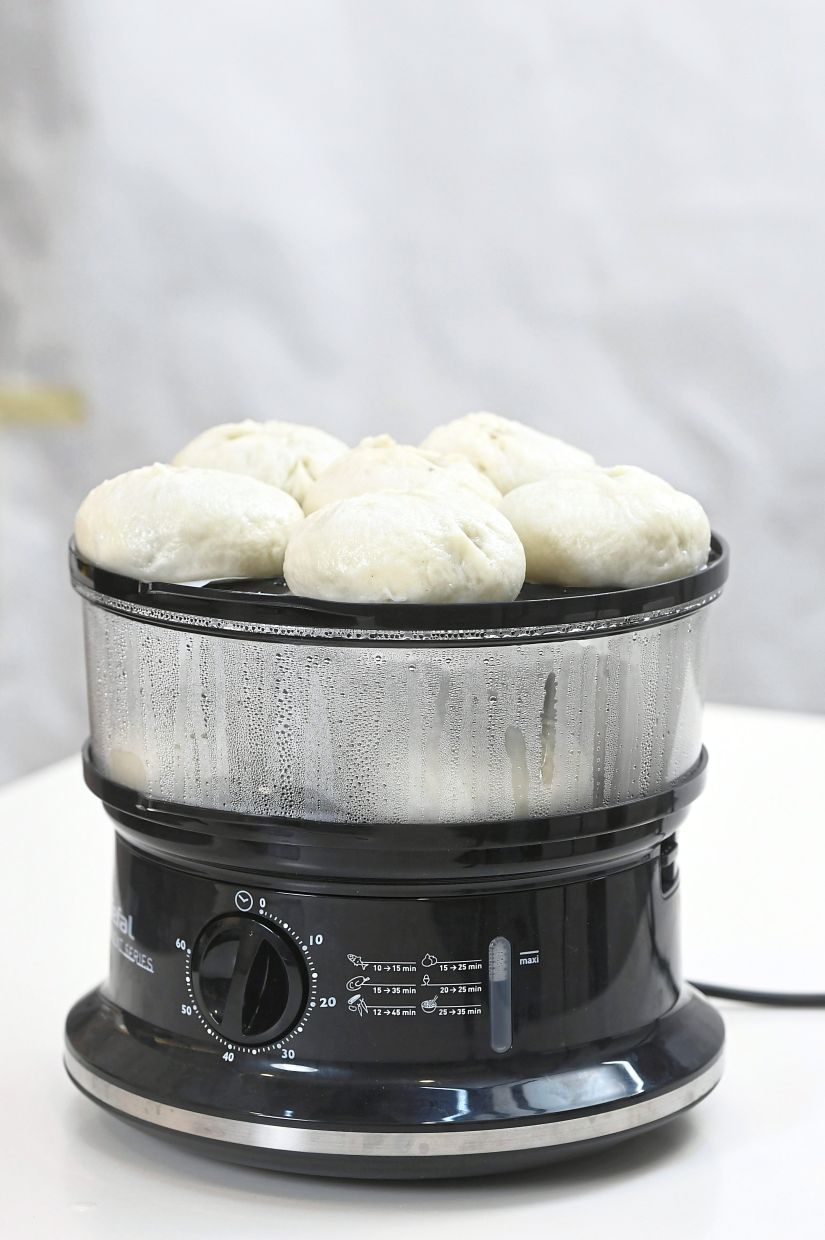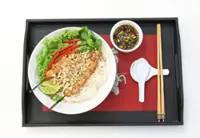CHINESE pau are soft, pillowy steamed buns that make frequent appearances at dim sum tables and breakfast stalls across Asia.
Traditionally, they are filled with savoury meats, sweet pastes or curry blends, but vegetable pau hold their own place of honour, especially during festivals that call for vegetarian meals.
In China, vegetable pau are typically stuffed with bok choy or cabbage, but here in Malaysia, the humble jicama (sengkuang) or yam bean takes the lead.
Its juicy crunch paired with finely julienned shiitake mushrooms − and if dietary restrictions allow, a sprinkle of dried shrimp − create a filling that is sweet, savoury and deeply aromatic.
This same jicama-based filling makes its rounds in other dim sum staples such as crystal dumplings, chee cheong fun, popiah and pie tee.
The key spice here is white pepper, which is strong and assertive, but when tempered with sugar, salt and oyster sauce (or a similar vegetarian-friendly version, if required), it achieves that perfectly balanced flavour that defines good dim sum.
My mother-in-law makes pau all the time, so I was a little intimidated to share this recipe.
But her approving nod and a gentle remark that my jicama could be julienned just a bit finer, were enough to boost my culinary confidence.
Pau dough is an art in itself.
It relies on yeast for lift, but also uses baking powder to create that characteristic bouncy texture without excessive air pockets.
Traditional versions, especially those for meat pau, use ammonium bicarbonate for that fluffy, burst-top look.
Its Chinese nickname, chou fen or “smelly powder”, comes from its pungent ammonium content, although the odour disappears once steamed.
Nowadays, many cooks skip it, wary of its industrial origins.
What remains unchanged, however, is the joy of opening a bamboo steamer and being greeted by soft, white buns filled with something made by hand and heart.
Vegetable Pau
Pau dough
1 cup warm water
1 tsp instant yeast
1 tbsp granulated sugar
4 tsp cooking oil
300g all-purpose flour
20g cornstarch
¼ tsp salt
⅛ tsp baking powder
Filling
550g jicama, finely julienned
5 dried shiitake mushrooms, soaked for about 1 hour
3 tbsp cooking oil
1 red onion, sliced
3 cloves garlic, minced
2 tsp light soy sauce
1 tsp sugar
½ tbsp sesame oil
1½ tsp white pepper
1 tsp salt to taste
2 tbsp vegetarian oyster sauce
2 sprigs fresh coriander, minced
Directions
Whisk warm water, yeast and sugar until dissolved. Let bloom for 15 minutes.
Combine flour, cornstarch, salt and baking powder. Mix in yeast starter and one tbsp of oil, and knead for 15 minutes until the dough is soft and smooth.
Drizzle a large bowl with the remaining cooking oil, then transfer the kneaded dough into the bowl, flipping it around to ensure the dough is completely coated in oil.
Cover with a tea towel and let the dough proof at room temperature for about one hour until it doubles in volume.
Squeeze out rehydrated mushrooms and save the infused water.
Separate the caps and stems, with the caps finely julienned and stems finely minced.
Saute mushroom stems, onion and garlic in oil until fragrant. Add caps and jicama; cook until wilted.
Deglaze with mushroom soaking liquid, season with sauces, sugar, pepper and salt.
Simmer until dry, then stir in coriander and remove from heat. Cool completely.
Punch down the risen dough and knead briefly. Divide into 50g portions, flatten into 10cm discs.
Add two tbsp filling, pleat and twist to seal. Place on parchment squares.
Proof buns for 20 minutes in the cold steamer, then bring the water to boil and steam over medium heat for 10 minutes.
Turn off heat, and to prevent the pau collapsing, let them continue steaming in the residual heat for five minutes before lifting the lid.
Best enjoyed warm, they are soft, fragrant and comforting to the last bite.










